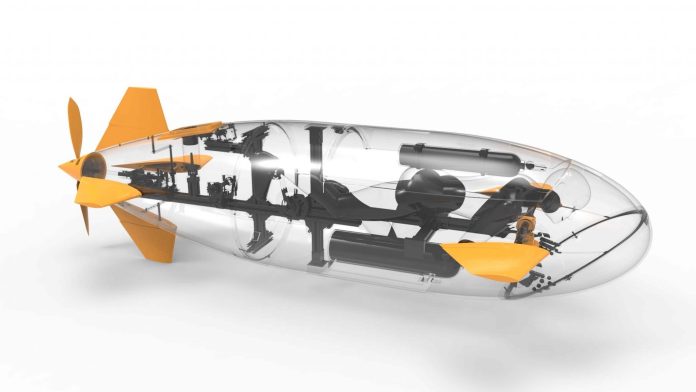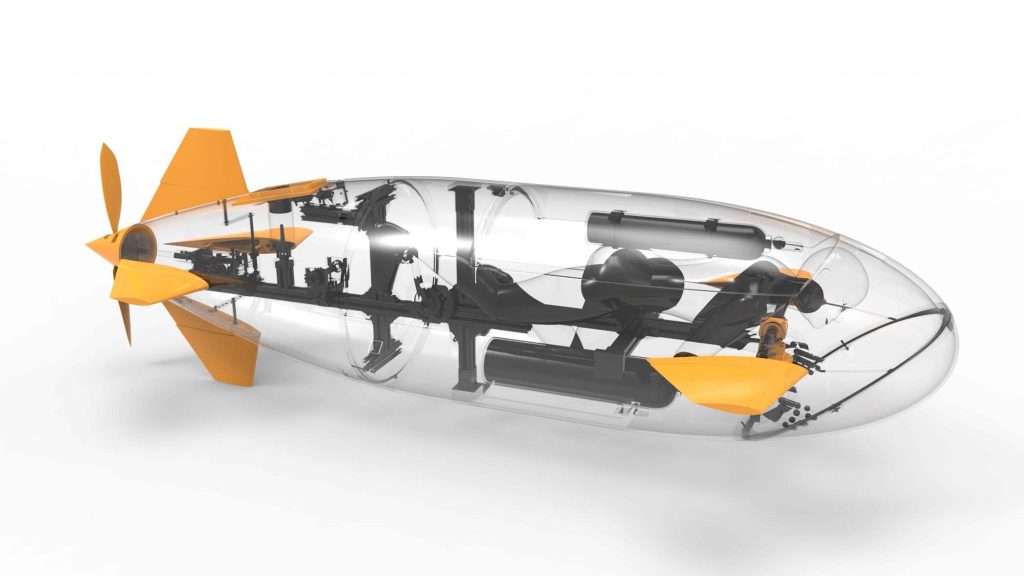
Six engineering students at The University of Warwick have built a 3D printed submarine which is set to race at the European International Submarine Races in Gosport, UK, to be held on July 6-15.

The students used a Stratasys Fortus 3D Printer, which allowed them to produce the final manufactured parts 90% faster than using conventional methods, while saving £2000-£3,000 in costs.
According to Josh Dobson, Project Leader of the Warwick Submarine team, the “Godiva 2” submarine features numerous 3D printed parts designed to withstand the harsh ocean environment, including the fins, feet, propeller, interior steering components and many other fixings.
He said the use of Stratasys’ Fortus 3D Printer has been integral to building the submarine in time for the race, as well as keeping costs within the university’s tight budget.
“Our extensive use of 3D printing remains one of our strengths. Our Stratasys Fortus 3D Printer is very much at the heart of our design and manufacturing process, providing significant benefits that simply could not be achieved via traditional methods,” Mr Dobson said.
“Using this technology, we were able to 3D print final parts for the submarine 90% faster than using conventional manufacturing and also saved £2,000-£3,000 in manufacturing costs. These are parts that can perform in the harshest waters, which is incredible given the speed and cost at which they can be produced.”
The project is part of an academic challenge that asks final year Masters engineering students to build and race a human-powered submarine at the annual European International Submarine Races.
It involves designing and manufacturing the submarine, which the students perform under the supervision of WMG’s Dr Ian Tuersley and in their pit area within WMG’s Engineering Hall.
Dobson said that in creating the “most 3D printed vessel on the grid”, the team used Stratasys’ advanced ABS-M30 material – ideal for end-use environments due to its strength, functionality and ability to perform under complex shapes.
“The material development over the last few years at Stratasys has been integral to the evolution of 3D printing from beyond solely a prototyping tool right through to where we are today; 3D printing parts for direct use on our submarine. All the parts were produced from ABS-M30, apart from the propeller blades which were 3D printed by Stratasys in the USA,” he said.
“Having access to this technology gives us the flexibility to produce extremely complex and multi-functional parts cost-effectively and on-demand. For example, our fixing feet are an incredibly complex piece of geometry and have been 3D printed to perfectly fit the hull at virtually no additional cost, yet remain as functional and strong as a traditionally manufactured part. In addition, by creating the part using 3D printing, we’ve reduced material wastage by about 75% compared to machining the part traditionally from a solid piece of metal, which bodes well for a future of more sustainable manufacturing.”
Sig Behrens, General Manager, Global Education at Stratasys, congratulated the team on their remarkable achievement.
“The Warwick Submarine team is a credit to their university which exemplifies the exciting future of British engineering,” he said.
“We are seeing rapid growth in the number of applications that disrupt traditional manufacturing processes to increase speed and reduce costs leveraging our Fortus line for final part production. It’s an exciting future – and for the engineers of tomorrow – it is critical that they learn this technology now as much as possible, as the demand for 3D printing design skills becoming increasingly common.”



















